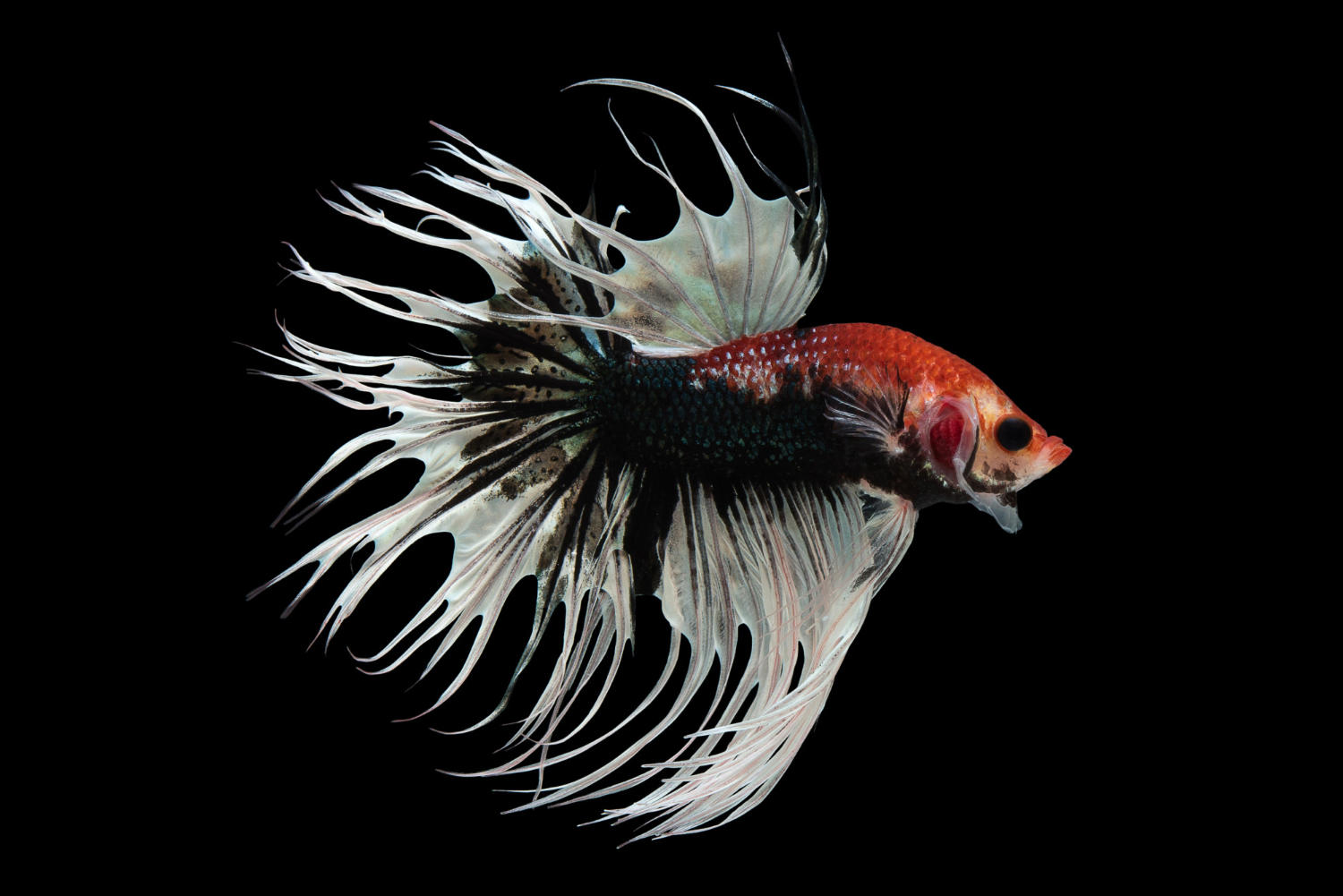Moving to a new home is an exciting and stressful time for everyone, including your aquatic pets. If you’re an aquarium owner, you know that moving fish can be a challenging task. The last thing you want is to lose your fish during the transition. But don’t worry, we’ve got you covered! In this ultimate guide, we’ll give you all the tips and tricks you need to safely transport fish during a move. From preparing your fish and aquarium to packing and transporting, we’ve got everything covered. So let’s dive in and make sure your fish arrive at their new home safe and sound!
Moving can be a stressful and overwhelming experience, especially when it comes to transporting your pets. If you’re a fish owner, you may be concerned about how to safely transport your aquatic friends during the move. In this ultimate guide, we’ll go over the best ways to transport fish during a move, so you can ensure they arrive at their new home healthy and happy.
1. Plan ahead
Before you begin the moving process, it’s important to plan ahead for your fish. This includes researching the best route to your new home, any potential delays, and any stops you may need to make along the way. You’ll also want to make sure that your new home is set up and ready to accommodate your fish, including a properly cycled tank and the right water temperature.
2. Choose the right container
When it comes to transporting your fish, it’s important to choose the right container. For short moves, a plastic bag filled with some of the tank water is usually sufficient. However, for longer moves, you’ll want to invest in a sturdy container that can support your fish for several hours. Some good options include a fish transport bag or a plastic storage container with a lid.
3. Prepare the container
Before you add your fish to the container, you’ll want to prepare it properly. This includes filling it with water from the tank and adding any necessary equipment, such as an air stone or heater. It’s also important to ensure that the container is properly sealed and won’t leak during transport.
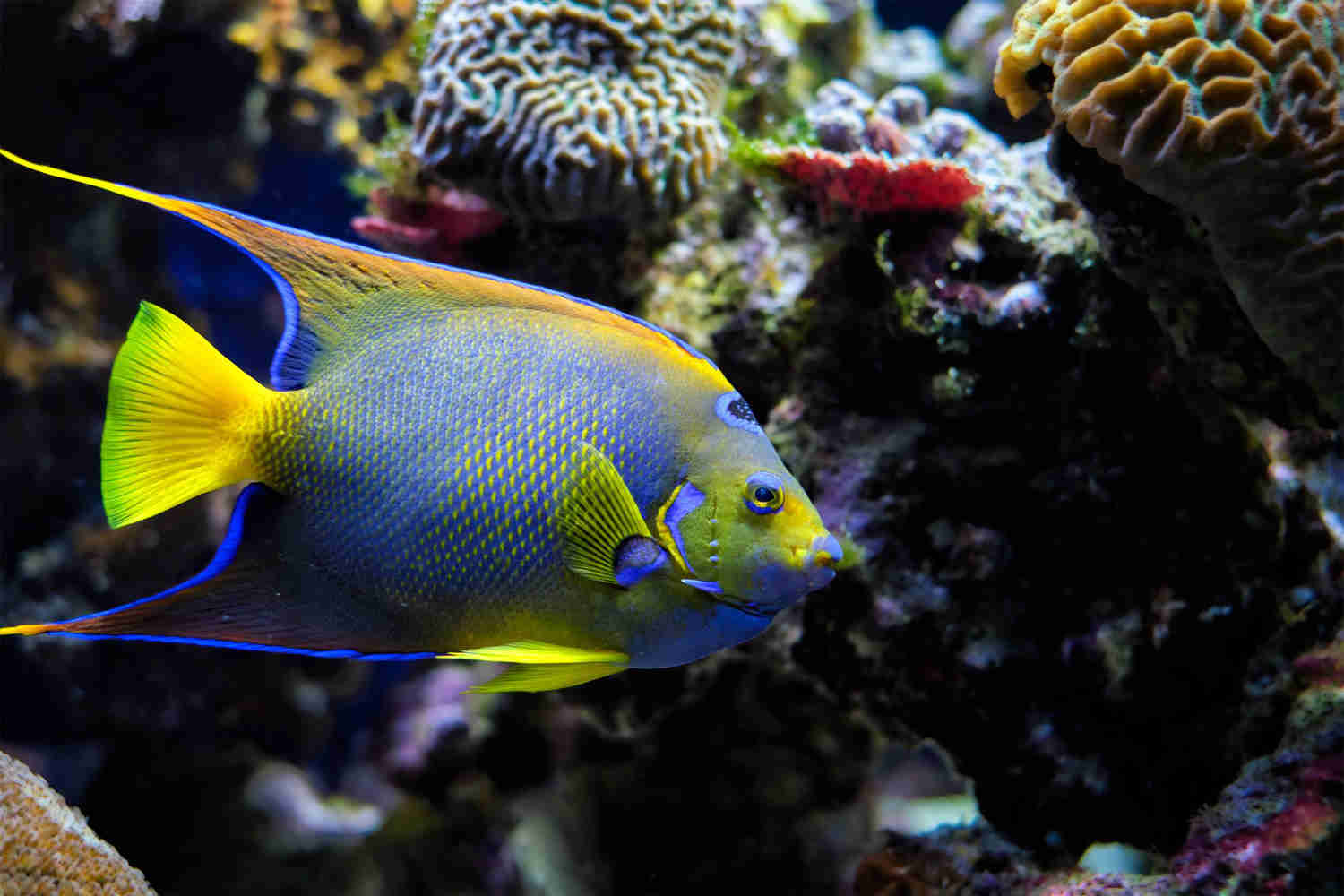
4. Catch and acclimate your fish
Catching your fish can be a tricky process, especially if you have a large tank. You’ll want to use a fish net to gently scoop them up and transfer them to the container. Once your fish are in the container, it’s important to acclimate them to the new water conditions. This can be done by adding small amounts of the new tank water to the container over a period of several hours.
5. Keep the container stable
During transport, it’s important to keep the container stable to prevent your fish from getting jostled around. This can be done by placing the container in a sturdy box or cooler and adding packing material, such as towels or bubble wrap, around it to keep it from shifting.
6. Transport your fish safely
When transporting your fish, it’s important to keep them at a stable temperature and avoid extreme temperatures. This can be done by using a portable aquarium heater or cooler, depending on the climate. You’ll also want to avoid exposing your fish to direct sunlight or other sources of heat, as this can cause the water temperature to rise quickly.
7. Set up the tank at your new home
Once you arrive at your new home, it’s important to set up your fish tank as soon as possible. This includes filling it with water and adding any necessary equipment, such as a heater or filter. You’ll also want to acclimate your fish to the new water conditions slowly, over a period of several hours.
Overall, transporting fish during a move requires careful planning and preparation. By choosing the right container, acclimating your fish properly, and keeping them at a stable temperature, you can ensure that they arrive at their new home healthy and happy. Remember to plan ahead, take your time, and prioritize your fish’s safety and well-being during the moving process.
Transporting fish during a move can be a challenging task, but with the right tips and tricks, it can be a seamless process. From preparing the fish and tank for transport to choosing the right mode of transportation, we hope this ultimate guide has equipped you with the knowledge and tools you need to move your fish safely and comfortably. Remember to take your time and be patient with the process, and your fish will thank you for it. By following these tips, you can ensure that your fish will arrive at their new home healthy and happy, ready to start their new life with you.


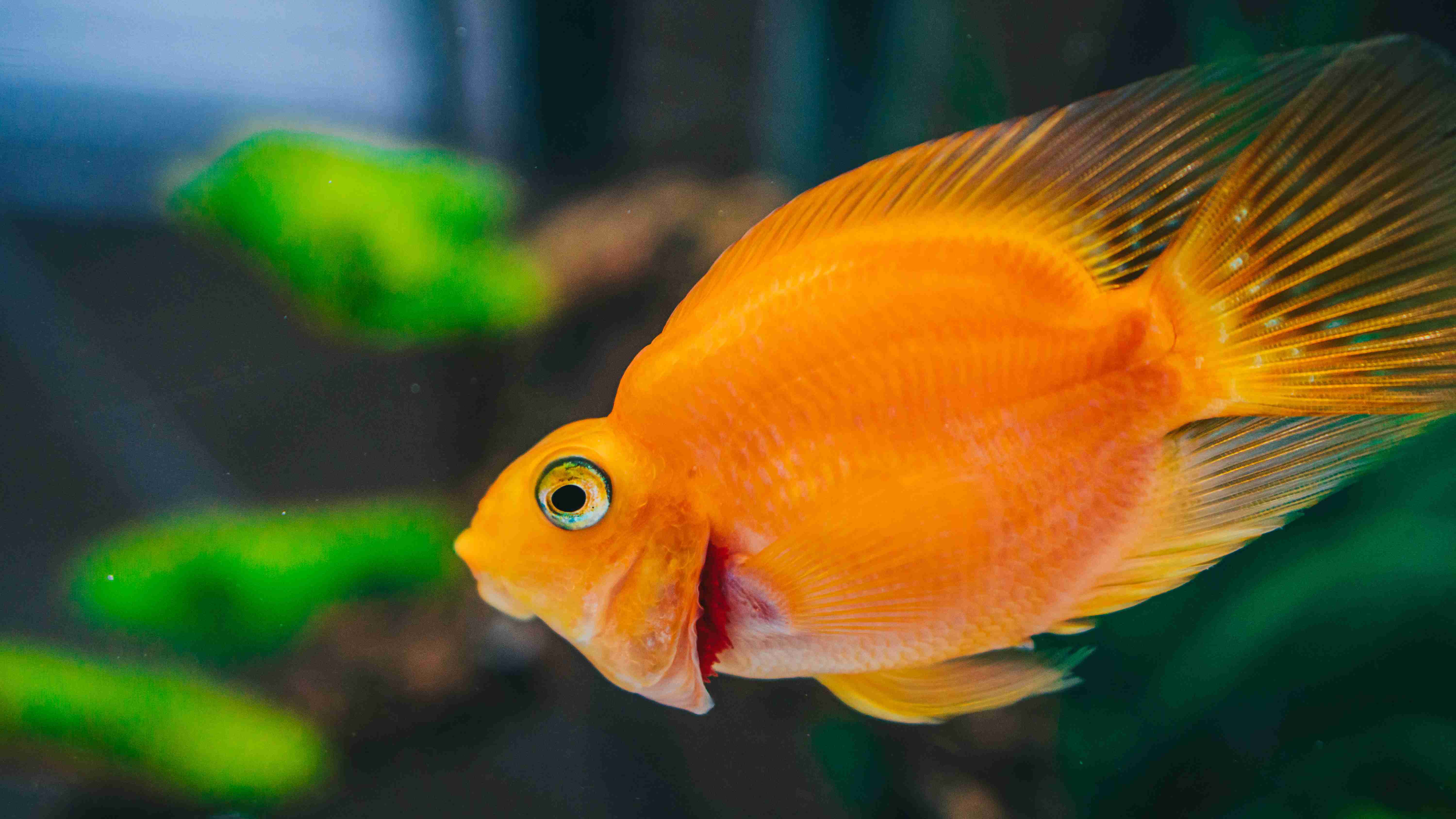
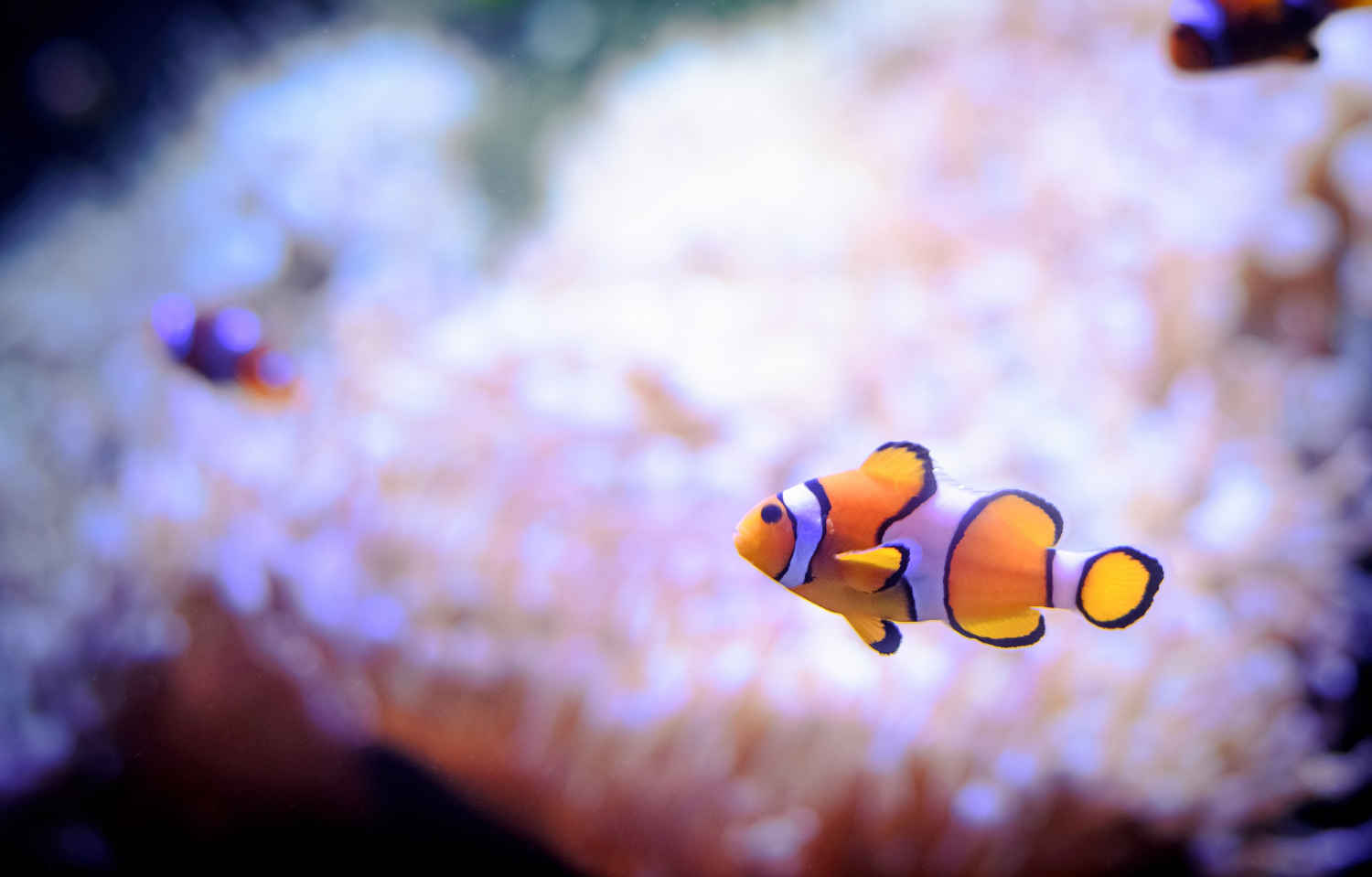
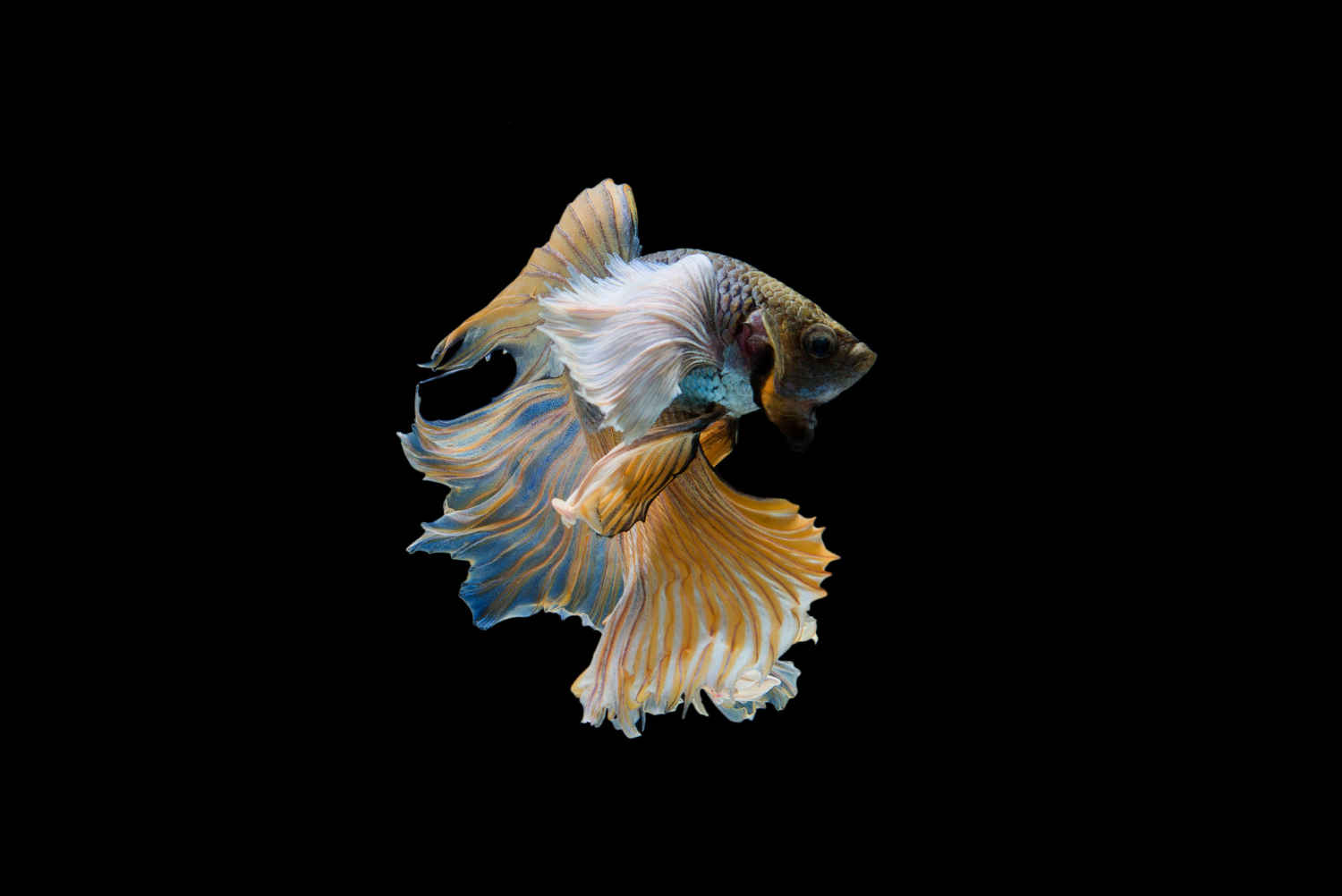
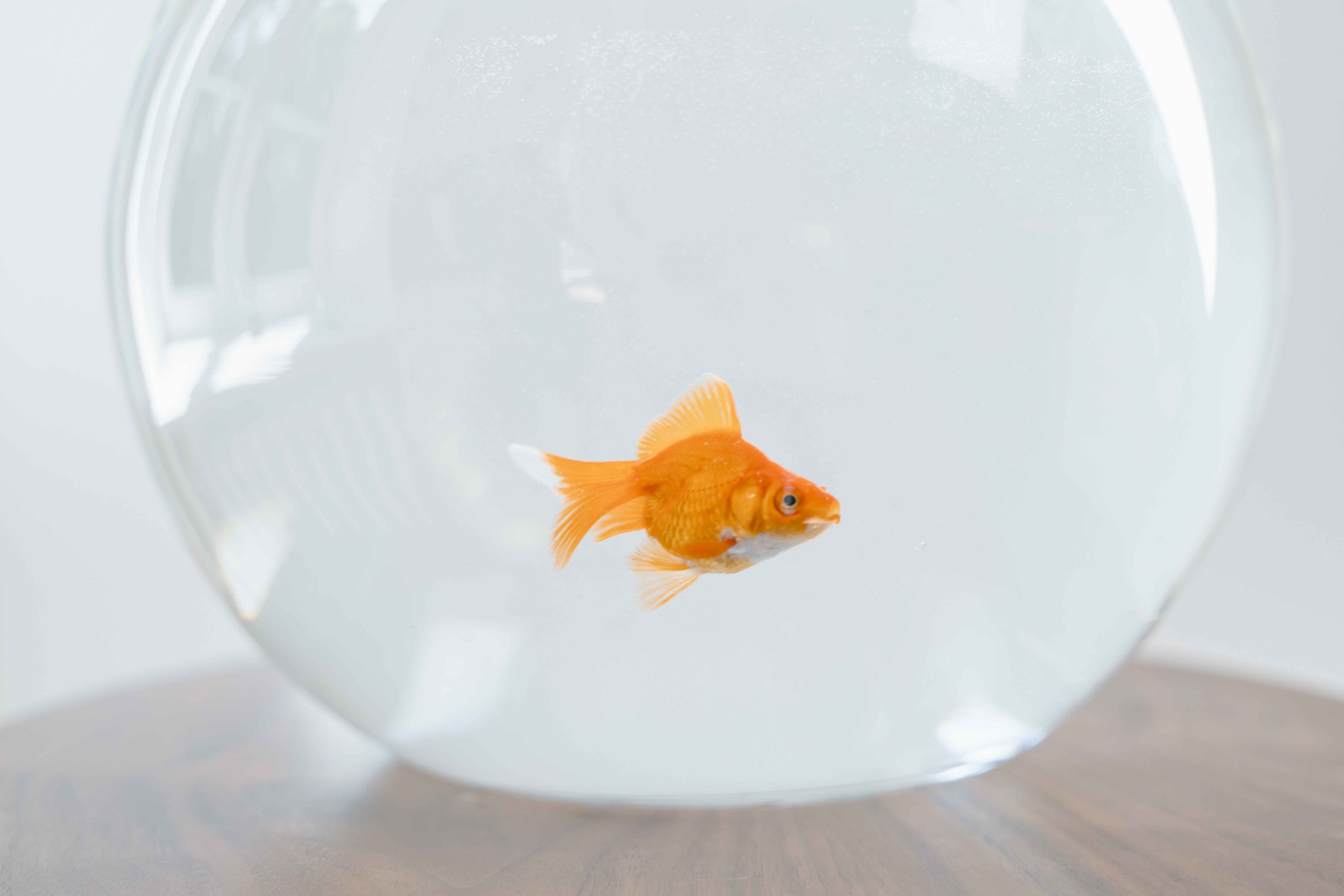
%20-%20Copy.jpg)
